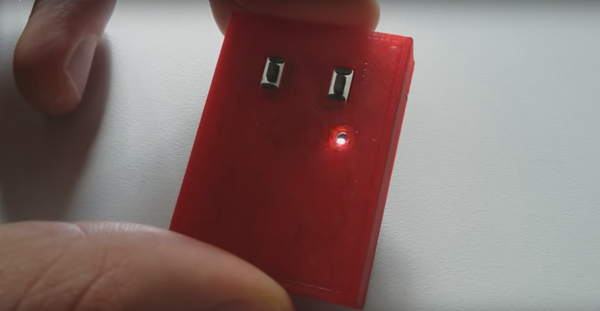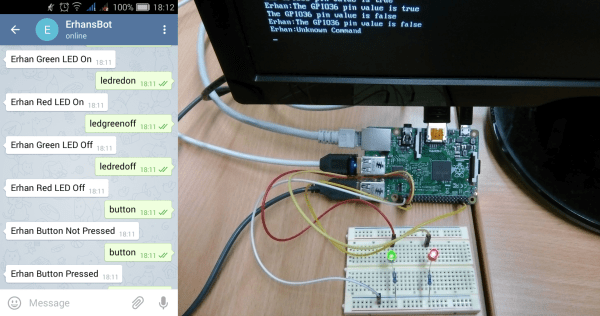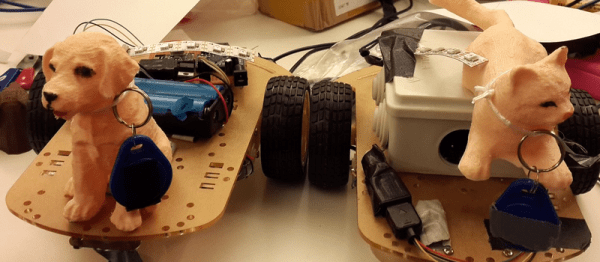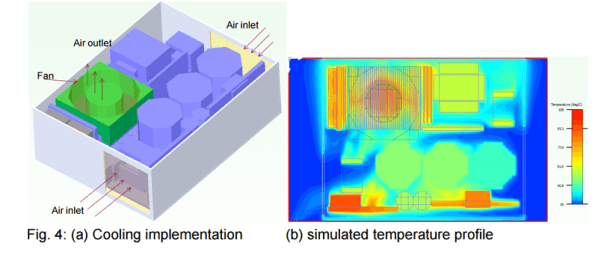If you’re serious about your tea, you know that the line between a perfect brew and over-steeped dreck is a fine one. Seconds can make a difference, and for the tinkering tea drinker, this might lead you to build a tiny timer with just the features it needs to achieve tea perfection.
The circuit that tea-loving [acidbourbon] came up with for his timer is simplicity itself. It’s just an ATtiny25, an LED, two pushbutton switches and a piezo buzzer on one side of the PCB, with a coin battery on the flip side. The battery holder is an interesting design – a couple of rows of pin headers and a bit of springy metal. The user interface is as simple as the circuit – the buttons increment the time either one or ten minutes. The timer starts right away, the LED heartbeat counts down the seconds, and a distinctly British tune announces when it’s time for tea.
One possible improvement might be to have the LED flash the number of minutes remaining rather than just a single pulse heartbeat. That would be good feedback that you entered the right time in the first place. Other than that, it’s small enough to be handy, does just one job, and does it well – sounds like good design to us. Of course, if you want to complicate it a bit, you could always automate the tea steeping process.

















